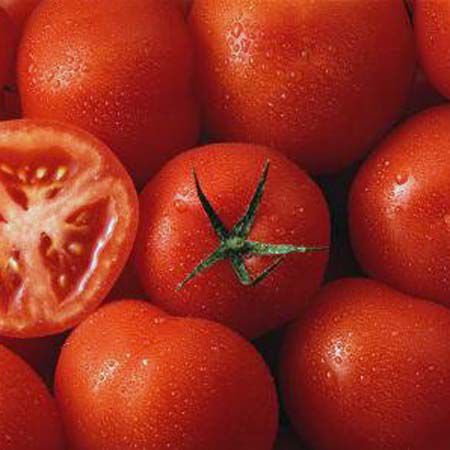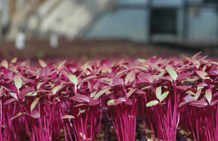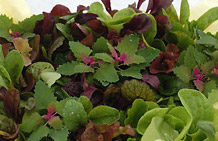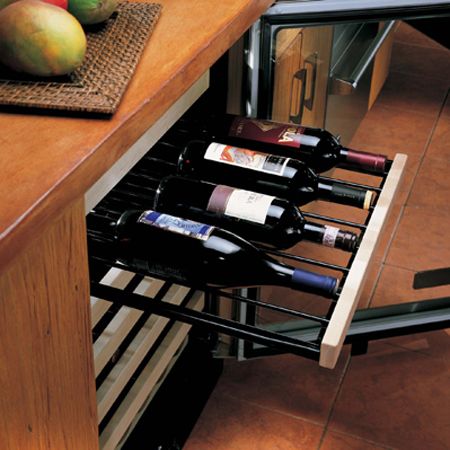Growing Your Own Vegetables

Whether you build your own flower-box (veggie-box) or purchase one, container gardening can provide relaxation, fun, and a bounty of fresh vegetables.
Spend some time thinking about what kind of vegetables you want to grow. Cherry tomatoes are always a great choice, as are leaf lettuces and radishes. There are over 6,500 varieties of tomatoes – the choices, varieties, and colors are endless. Throw in some arugula or cilantro to add interest and introduce yourself to new flavors. Follow the tips below and you can grow your own salad!
When determining how to proceed, be sure the container box has drainage holes. Purchase high-quality potting soil, which you can buy at any garden center. You will also need a small bag of vermiculture compost mix to feed the plants. (Vermiculture is the cultivation of worms to break down waste. The worm casts contain recovered nutrients that can then be used for fertilizer or soil conditioning.) Check the seed packet for growth time, and compute the date you want to start the seeds. If beginning from seed, start them indoors. Place your plants in good light; be sure there are no chilly drafts or too much heat.
 |
 |
Gently transplant your seedlings into the pot, and make sure the root system is at least two to three inches in the ground, packed down lightly. The first time you water you want to get the soil damp, not soaking. Over-watering is the worst enemy of any kind of plant!
Perhaps you want to place your tomato plant in the center of the box, surrounded by the lettuce and radishes and other veggies you have chosen. After the tomato plant has started to gain its leaves, prune the plant to one main stem so that it grows straight up and does not become bushy. Later, you may have to add a stake or a sturdy piece of twine to allow for vertical growth.
Remember to not over-water your plants. To feed them, mix a tablespoon of vermiculture into a gallon container of water. Allow this mixture to remain in the sun for several days. Shake up the contents daily, and use this mixture for watering. It will add nutrients and provide the active soil biology necessary for good plant growth. Another tip to remember — avoid chemical plant foods. You are what you eat!
RECENT POSTS IN Food and Wine Articles


